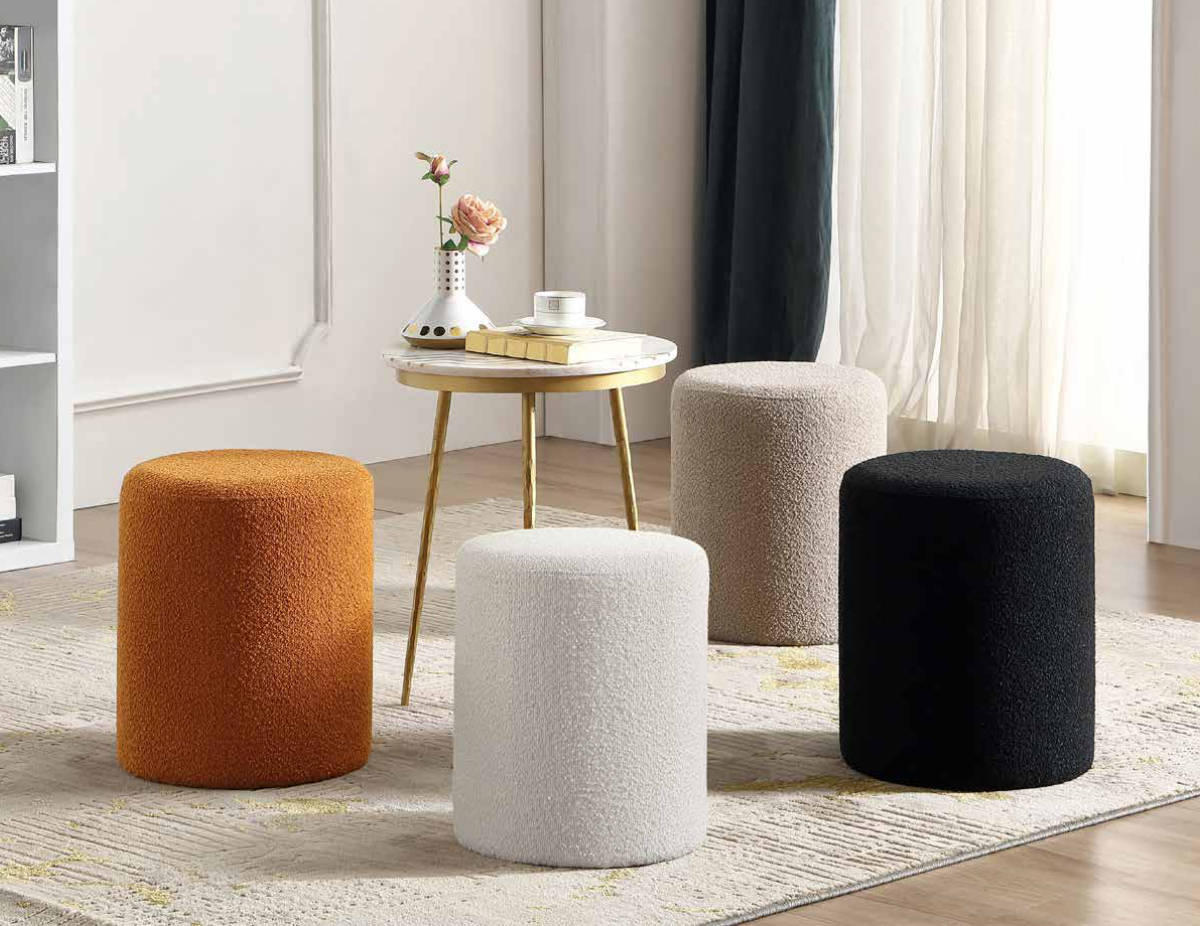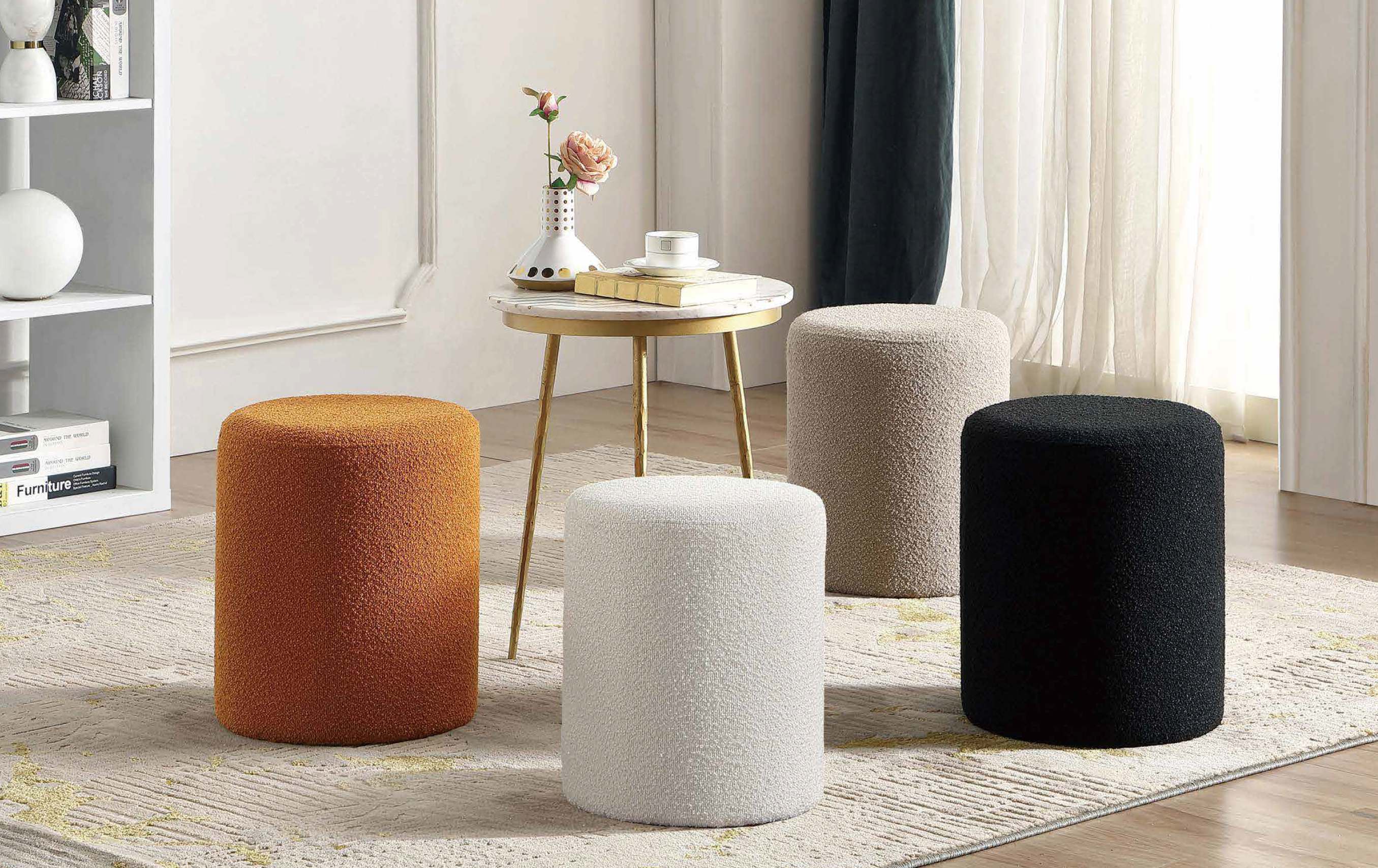The ripple effects of global trade wars extend far beyond government buildings and tariff charts—they reshape entire industries, and furniture is no exception. As supply chains tighten and consumer habits shift, the furniture industry is bracing for a future that demands agility, innovation, and a rethinking of how we define “value.”
So, what does the future hold for the furniture world in a post-trade-war landscape? Let’s take a closer look.
1. Global Sourcing Gets a Makeover
For decades, furniture brands have relied on global manufacturing powerhouses—especially China, Vietnam, and Indonesia. But with tariffs driving up costs and delivery timelines stretching, companies are now rethinking the map.
What’s next? Expect a surge in “nearshoring”—bringing production closer to home—and investments in automation to reduce long-term costs.
2. Consumers Will Become More Conscious Buyers
Tariff-induced price hikes have already prompted many shoppers to think twice before making a purchase. But in the long term, this could lead to a healthier industry: one that focuses on quality over quantity.
The takeaway? Timeless design, durability, and multi-functionality will become key selling points. Furniture that adapts, lasts, and aligns with sustainable values will rise to the top.

3. Local Manufacturing Gains Momentum
As overseas costs fluctuate, domestic furniture makers have a golden opportunity to shine. Shoppers are increasingly appreciating the craftsmanship, quicker delivery times, and community support that come with buying local.
The result? Expect a boom in boutique brands and regional manufacturers offering customizable, ethically-made pieces.
4. Innovation Will Drive Resilience
Trade pressures force creativity. We’ll likely see more companies exploring alternative materials, modular design concepts, and direct-to-consumer models to bypass traditional challenges.
Forward-thinking brands will leverage digital tools like 3D product previews, AR furniture placement, and AI-powered design assistance to stay ahead.
5. Supply Chain Diversification Is Here to Stay
Gone are the days of putting all your sourcing eggs in one basket. Furniture brands will diversify their supplier networks to reduce risk, even if that means smaller, more fragmented partnerships.
For consumers, this could mean more variety—but also more communication about where and how items are made.
Final Thoughts
Trade wars are disruptive—but they also spark evolution. For the global furniture industry, the challenge is clear: adapt, localize, and innovate. The brands that listen to customers, pivot with purpose, and prioritize sustainability will not only survive but thrive.
For shoppers? It’s the perfect time to support quality craftsmanship, invest in lasting pieces, and become a more mindful buyer in a changing world.













